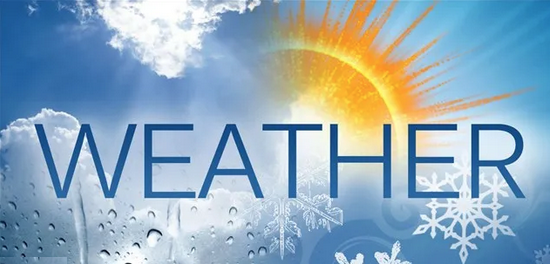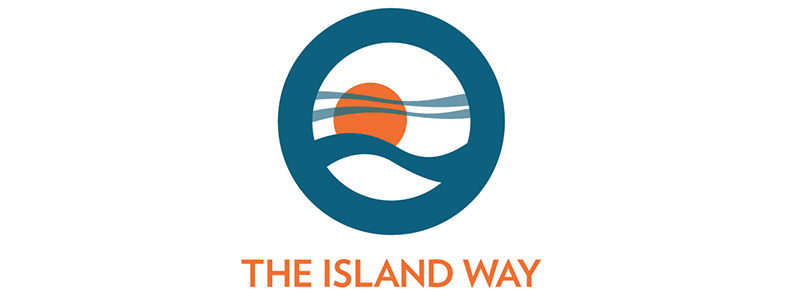||| from Brendan Cowan, Department of Emergency Management
In many cultures, including our own, there is a common superstition that says “if you acknowledge good luck, your good luck will end.” We’ll call this the knock-on-wood principle. Well, please knock on wood, because in this long and detailed article we’ll be sharing some positive news, but also highlighting the way things could turn negative in a hurry — not because we jinxed ourselves, but because we became complacent.
For those who don’t want to read to the end, here are the takeaways:
- Both San Juan County and WA are coming down from an increase in cases.
- After our April spike, cases declined. Cases increased in July, this was a second spike.
- By remaining vigilant and committed, we can avoid a third surge.
As you might have noticed, the case count in San Juan County has been relatively quiet of late. As shown in the chart below (courtesy of WA Dept. of Health and available online here), the islands saw an increase in cases in April, a decline in May and into June and then another round of cases in late June and into July. August has been quiet so far (remember, knock on wood).
CONFIRMED CASES SAN JUAN COUNTY

Despite the surge in summer traffic to and from the islands by visitors and locals alike, we’re in a relatively good place heading into the fall. Let’s explore a bit more about why this might be, and how we keep this trend going.
First off, some cautions:
- San Juan County has had so few cases to date that a small handful of cases will throw off our pattern and seem like a step back. We’ve all done such a good job that our expectations are high. We know that there will be more cases.
- As with nearly everything COVID, certainty is hard to come by. Correlation is not causation, and data is often incomplete or unverified. Please know that this article is intended to prompt conversation and action, not to be a definitive analysis.
OK, that out of the way, let’s look at trends in WA overall.
CONFIRMED CASES WASHINGTON STATE

Again, we see an early spike, followed by a subtle decline, then a larger spike, and another decline. The fact that the second surge is higher is widely attributed to a shift to an increased infection rate in socially mobile younger individuals.
This trend is also reflected in hospitalization across WA, though with a higher peak in the spring – the lower summer peak is likely due to the shift to younger patients who in general have fewer serious symptoms.
HOSPITALIZATIONS WASHINGTON STATE

Same trends are seen in deaths. For deaths, improved treatments and understanding of the illness also likely contribute to better outcomes in the second peak.
DEATHS WASHINGTON STATE

So, while the few number of cases in San Juan County make it hard to be sure of our trend lines, the fact that we generally align with the state gives us more confidence in our numbers.
And just to be sure, the same trends are seen when we look at our neighboring counties (Island, Skagit, and Whatcom).
CONFIRMED CASES ISLAND, SKAGIT, & WHATCOM COUNTIES

Based on the above, two obvious questions are: what are the causes of these ups and downs and how do we avoid future increases in positive cases as we head into fall?
The two main tools successfully used to date to reduce COVID spread are well known at this point: (1) reducing mobility and social contact (thus reducing opportunities for transmission) and (2) increasing our use of face coverings (thus reducing the likelihood of transmission when we do interact with others).
Other approaches like good hygiene and sanitation matter as well of course, but social contact and face coverings are the big two.
Limiting lodging capacity, schools operating with a distance learning model, and limits on restaurant operations are all examples of approaches to limit social contact. The requirements to wear face coverings in public are self-explanatory.
It makes sense that in times of increased cases, we become more disciplined in our habits and are more cautious with our decisions. As cases diminish, there’s a natural tendency to relax. When we relax, transmissions increase, and we’re back to where we started.
So, as we enter a relatively quiet period, let’s take a moment to be thankful for the good outcome we’ve seen so far in San Juan County over the past six months (we all contributed to that, nice work islands!), and let’s make a renewed commitment to avoid that natural tendency to become impatient and complacent. Nothing about this is enjoyable but it is important. The last thing we want is to have to roll back to even more limiting restrictions.
And for those island families with kids in your home or bubble, it is even more important that you do all you can. Keeping the illness away from our children is critical- not just to keep our families healthy, but to move towards a place where we might feel safe reopening our schools at some point down the road.
Keeping the islands relatively free of COVID is something we can all help ensure.
For examples of what we’re hoping to see, let’s look at case numbers from Italy, one of the countries hardest hit in the early stages of COVID. It would appear that they’ve learned their lesson (for now anyway).
CONFIRMED CASES ITALY

A different outcome comes from France, where a recent sharp increase shows a dramatic rise in cases, likely from a relaxation of efforts.
CONFIRMED CASES FRANCE

There are lots of factors that go into these trends and nothing about this is simple, but clearly we have it in our power to keep the line for San Juan County flat. Good decision making, thoughtful precautions, minimizing the size of our social circles, and covering our faces when interacting with others will make it happen.
Thanks one and all for ongoing sacrifices and commitment to getting our island through this most difficult of times.
**If you are reading theOrcasonian for free, thank your fellow islanders. If you would like to support theOrcasonian CLICK HERE to set your modestly-priced, voluntary subscription. Otherwise, no worries; we’re happy to share with you.**








<<For those who don’t want to read to the end, here are the takeaways:>>
Awesome, admirable, way to go, thanks so much! Keep up the format and excellent information.
And yet, without the travel to the Island, from all over the states, we would be doing even better….
Wouldn’t you say the spike in July and August is due to more summer visitors? There’s no mystery there.